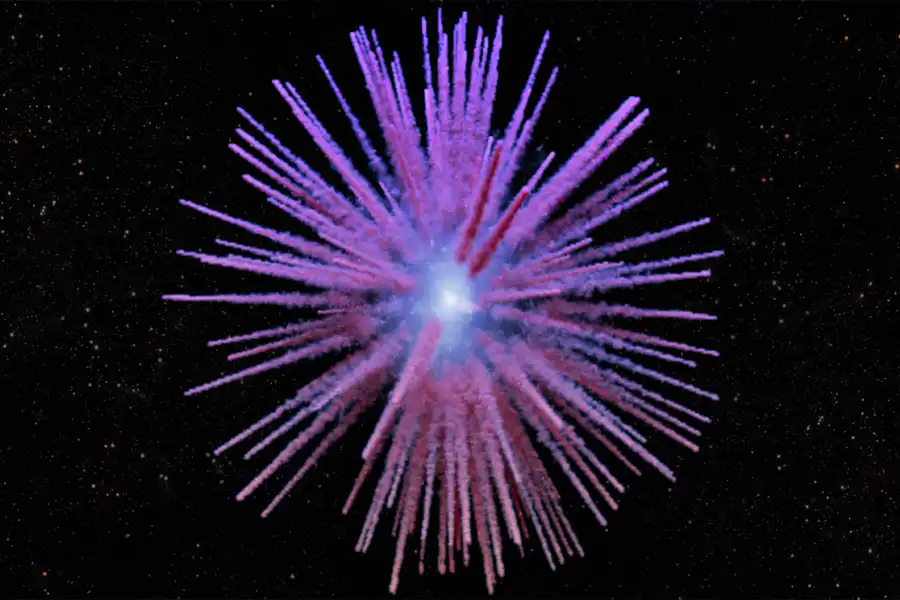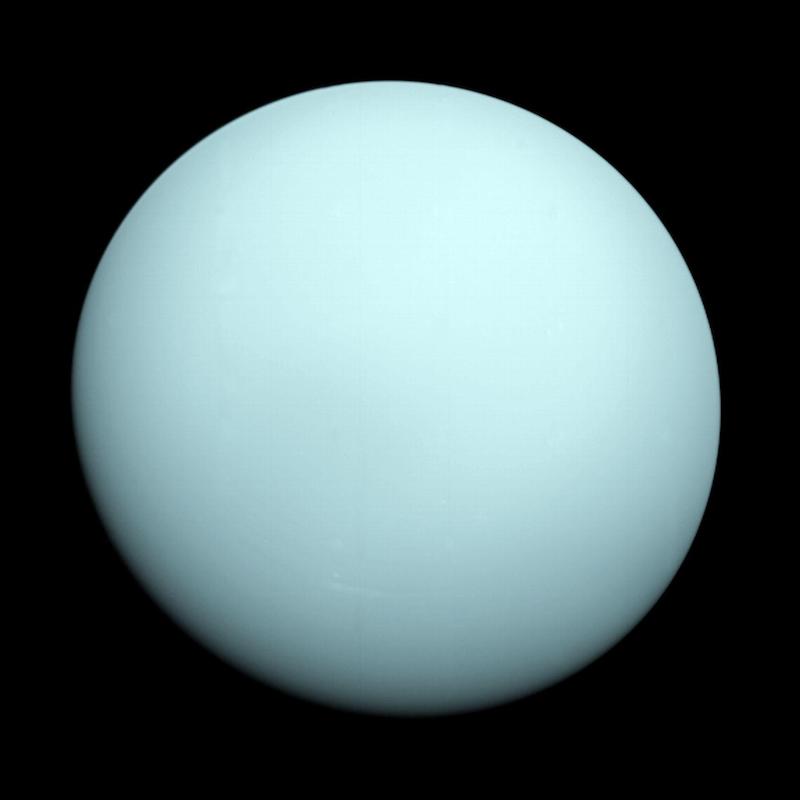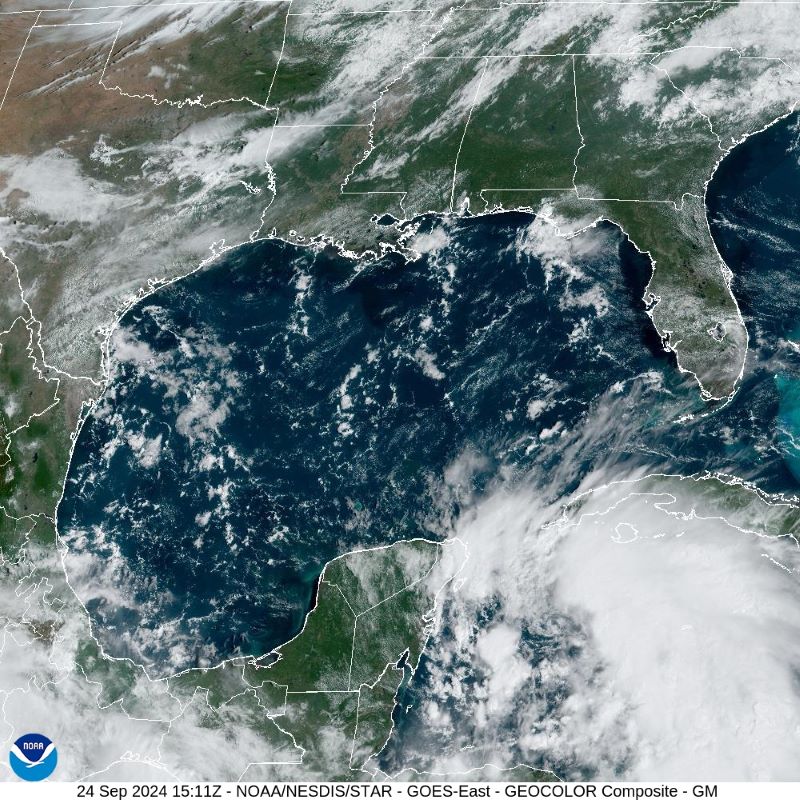*
People in Puerto Rico reported hearing rumbling sounds from the SpaceX Starship as it swept above them during a November 19, 2024, test launch.
EarthSky extends its thanks to Eddie Irizarry in Puerto Rico, for this first-hand observation of possible electrophonic sounds from Starship.
The 2025 EarthSky lunar calendar makes a great gift. Get yours today!
Observers in Puerto Rico both saw and heard SpaceX Starship
After a successful test launch on November 19, 2024, the Starship Flight 6 test mission from Starbase in southern Texas headed toward the Caribbean, then to South Africa, before ending its mission in the Indian Ocean. About 12 minutes after launch, amateur astronomers in Puerto Rico – who were outdoors capturing video of the eye-catching flyby – reported a surprise. Many reported hearing a low-frequency rumble while Starship was visible.
The noise wasn’t too loud, but it was detectable. And observers across Puerto Rico – an island in the Caribbean – reported hearing the same sound. In some of the videos they captured, you can near the skywatchers commenting:
I can hear the rocket.
And other observers also confirmed they could clearly hear sounds from Starship, as it passed by, with no delay as typically happens when aircraft pass overhead (the delay happens because the sound has to travel from the plane to your location).
Sounds from the SpaceX Starship flyby
Seeing a SpaceX Starship launch – and the subsequent flight of the mighty rocket overhead – has become a holy grail for some space fans. At each test launch so far, hundreds have stood on the beach across the bay near Boco Chica, Texas, and millions have watched on YouTube.
But it’s mostly experienced amateur astronomers who catch Starship as it flies overhead in the night sky. At the time of the November 19 flyby, I was at Añasco on the west coast of the island. I was on a phone call with a fellow observer from Caguas in central eastern Puerto Rico. And we both commented that we were able to hear the low-frequency sound coming from the direction of the rocket in real time.
In fact, at least 20 observers (including both experienced observers as well as from the public) from the towns of Caguas, Bayamón, Aguada, and Añasco, all in Puerto Rico, reported these sounds.
I’ve witnessed some rocket launches, including two space shuttles, Juno, Maven and InSight. But the sound that I heard on this Starship event was very different from the one a typical observer would experience at a launch.
I would describe the sound as a strange, pulsating, low-frequency hum or rumble. It wasn’t a thunderous sound like you hear at a launch.
It almost sounded like weird interference from a machine. And it was coming from the rocket’s direction in real time, or at least with no delay.
Hearing spacecraft from the ground
When you look at high-flying aircraft, the sound usually seems to come from the area of the sky where the object was a few moments ago. The sound lags, because sound travels slower than the photons of light that let us see the aircraft. The same is true for lightning and thunder. We see the flash before we hear the rumble, unless the lightning is quite close by.
But with Starship, there was no delay in the low-frequency sound: Observers heard the rumble coming from the same direction as the rocket. In theory, this shouldn’t occur because light travels much, much faster than sound. Lightspeed is 186,000 miles per second versus the speed of sound, only 1/5 mile per second.
And Starship itself is moving at speeds between 15,000 and 17,500 miles per hour (24,000 and 28,000 kmh).
So, how was it possible that we both saw and heard Starship at the same time? The answer might be electrophonic sounds.
What are electrophonic sounds?
Electrophonic sounds do travel at light speed. They happen when electromagnetic energy – or waves from light and heat – interact with Earth’s ionosphere. The resulting electrophonic sound waves propagate through the atmosphere at the speed of light.
This strange audible effect was first used to explain how some rare meteors can produce a sound. Observers have reported a hiss or low-frequency sound in real time, with no delay, while seeing a meteor.
When fast-moving electrophonic sound waves reach Earth’s surface, objects such as trees, structures or nearby walls behave like passive speakers or acoustic reflectors, allowing observers to hear the low-frequency sounds. Studies show that even long hair, hats and sunglasses can improve someone’s ability to hear these low-frequency sounds.
On January 27, 2000, the Molniya 1-67 satellite reentered the atmosphere over western Australia, and research confirmed electrophonic sound reports. So we know this audible effect isn’t exclusive to meteor-watchers.
Meanwhile, to my knowledge, Starship appears to be the first rocket that can also produce the curious, real-time sound effect.
The rocket passed over a meteor camera in Puerto Rico (and thus passed by its centrally located microphone). In the video below, you can slightly hear the low-frequency sounds or rumble starting around 06:12:36 (check the time stamp at the upper right).
Bottom line: Observers in Puerto Rico reported hearing low-frequency sounds as the SpaceX Starship rocket flew past on November 19, 2024. Were they electrophonic sounds?
Read more: Eyewitnesses saw fiery Starship reentry over Caribbean
Read more: Can meteors make a sound? Scientists say yes




